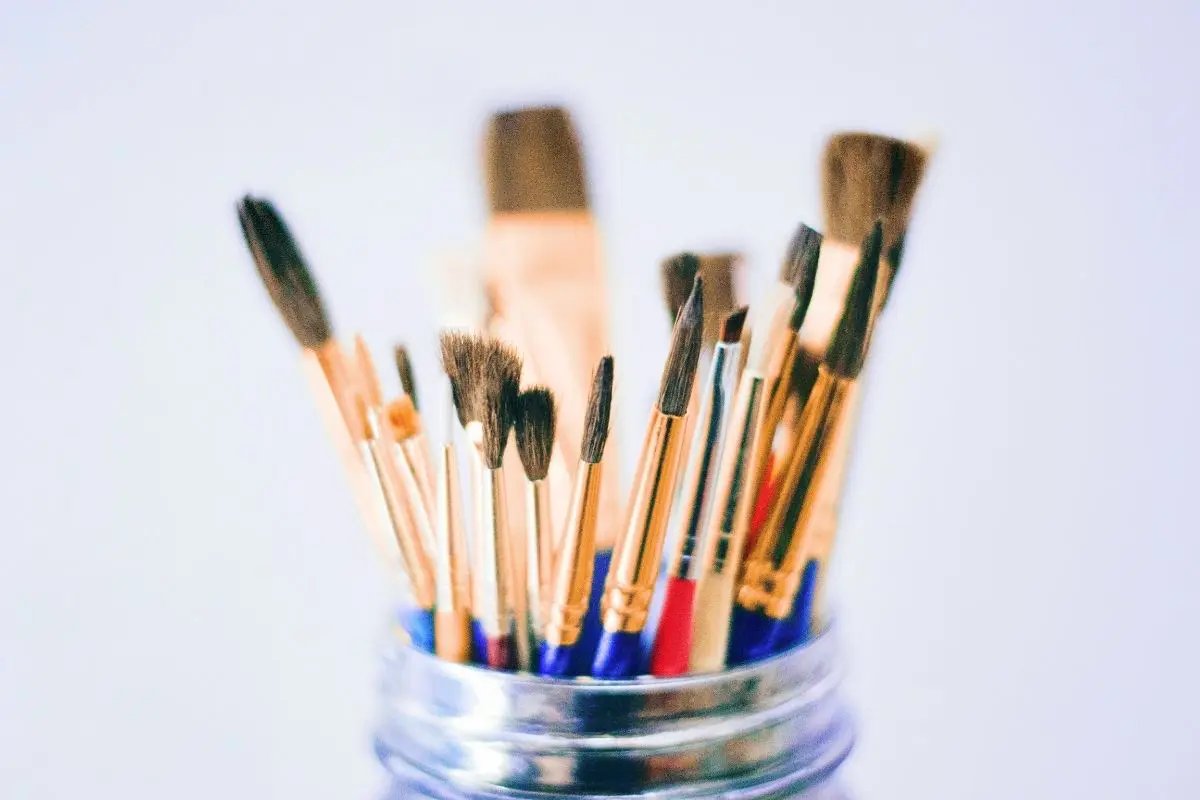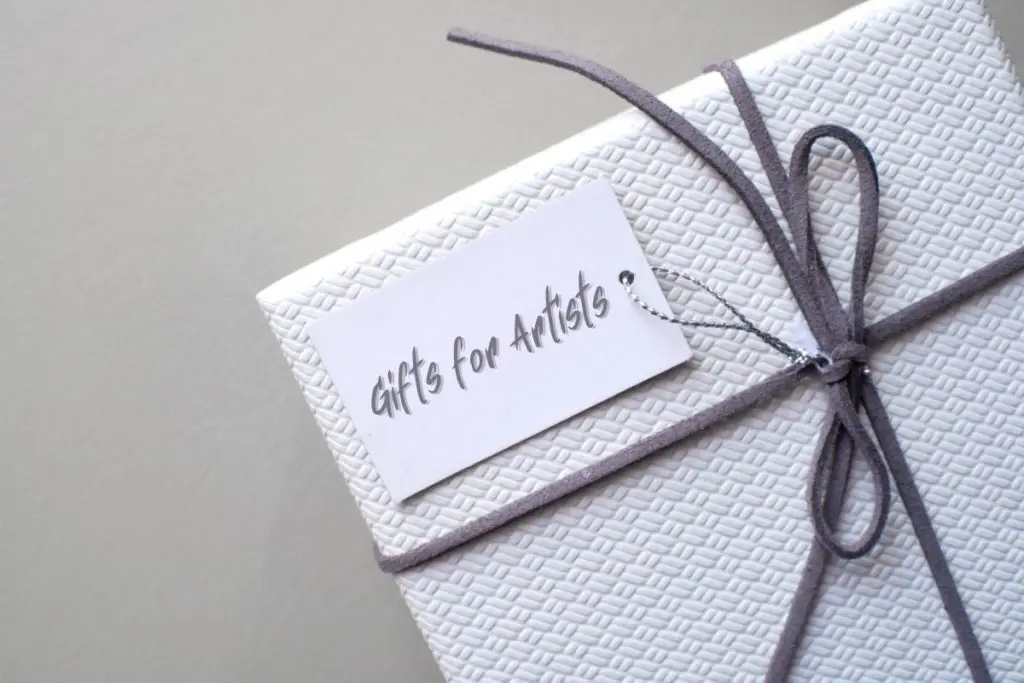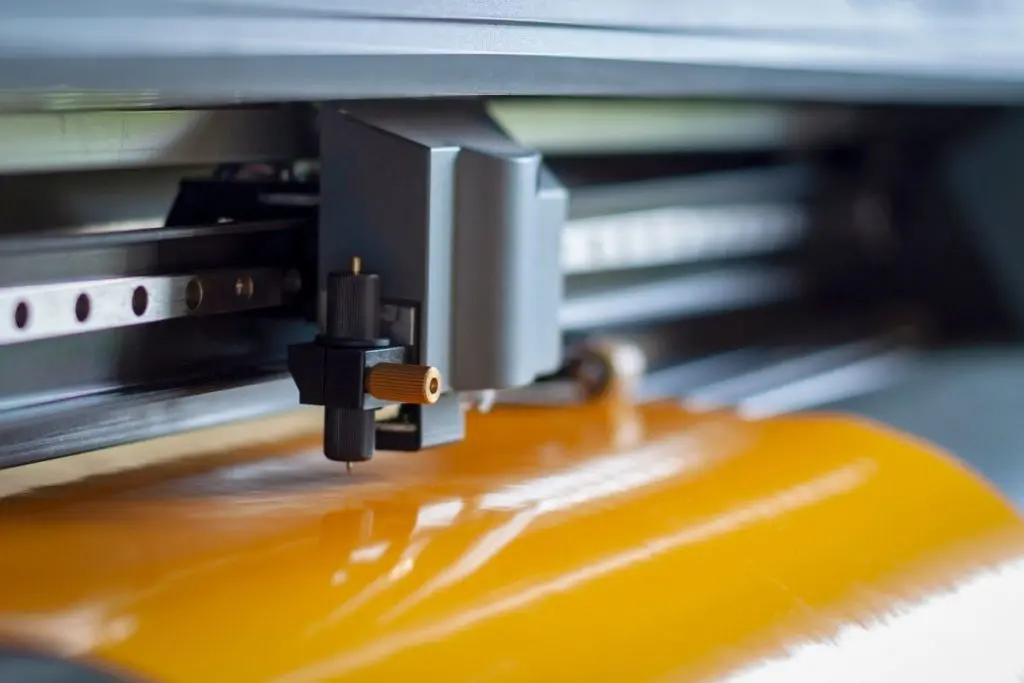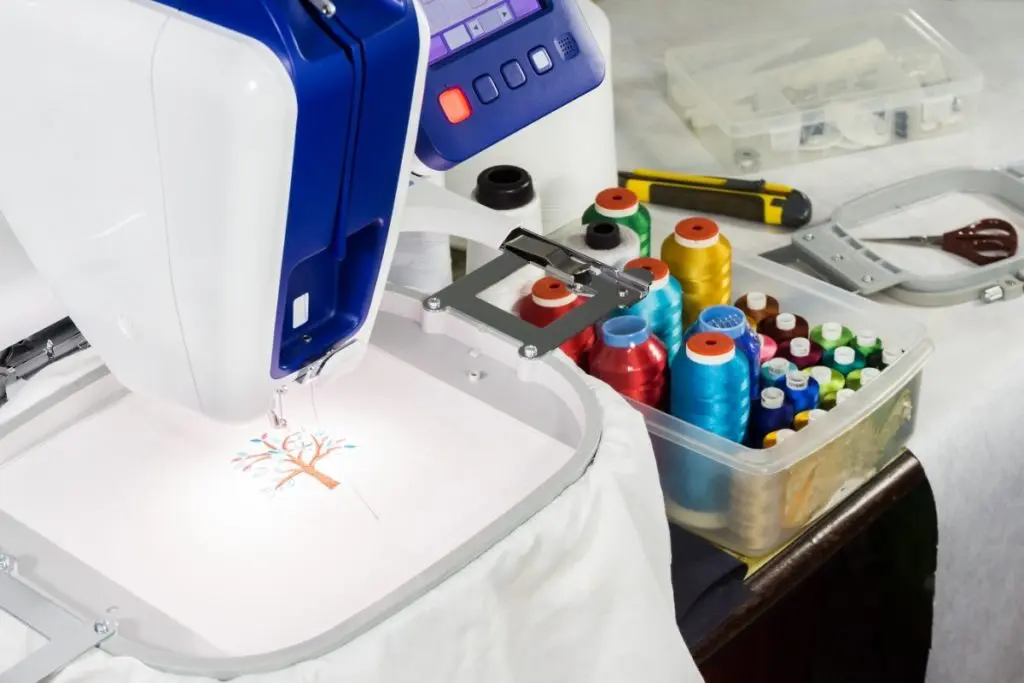Every artist has materials they love to use and those that aren’t their favorites. Acrylic paint has gotten the bad rap of being only for amateurs, beginners, or crafters because it’s troublesome to work within elevated art situations.
A big reason why is because acrylic paint dries super-fast. Why is that an issue? It’s nearly impossible to blend with because of the drying time, you can’t easily layer other types of paint on top of it, and the worst is that it is a major brush killer.
But, never fear. We are here to teach you a little bit more about how to work with acrylic paint and specifically how to clean acrylic paint brushes so that you can give this affordable and underutilized art supply the chance it deserves.
Why Is Acrylic Paint So Hard to Work With?
Acrylic paint has its own issues and benefits like all other art supplies. Some specific things about acrylic that make it harder to work with include:
- Super-fast dry time
- Layering is hard
- Blending is nearly impossible
- Destroys paintbrushes
- Dries out in the tube
But you can do certain things to make acrylic paint easier to work with. By taking the extra time to prepare your space and make sure you have everything you need, you can protect the art supplies you’ve invested time and money into and have a great piece of art at the end of it all.
Ways to Make Acrylic Paint Easier to Work With
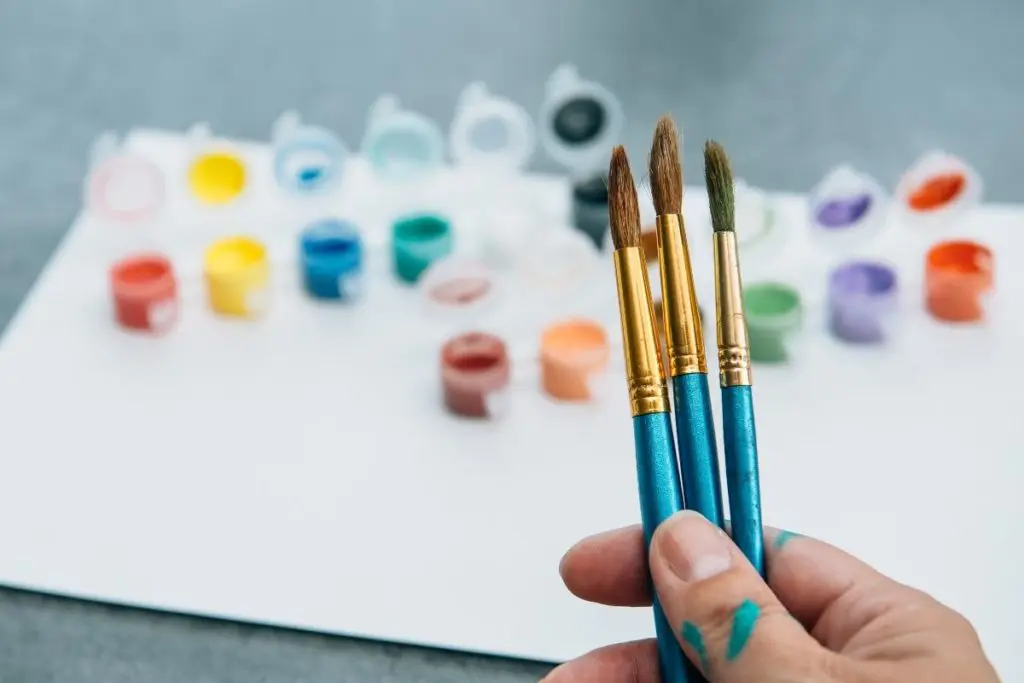
Here are the top three ways to make acrylic painting easier to work with and clean up afterwards.
1
Use Higher Quality Paints (and Brushes)
The higher quality acrylic you’re working with the easier it will be to work. The drying time will be extended, and the pigments are more pronounced.
2
Don’t Let Your Paints Dry Out
Acrylic is super easy to dry out. It can even dry out in the tube itself if not kept correctly. It’s highly recommended to use a palette with acrylic paint.
Only put the amount you need right now on the palette and close the tube. Never leave tubes opened while working with the paint. You’re just asking for a shorter shelf life on your product.
By only taking the amount you need at a time you’ll also avoid the palette going dry before you’ve had a chance to paint with it.
3
Monitor the Temperature and Conditions of the Room
Make sure you’re working in a room that maintains a constant temperature and doesn’t have any drafts.
You should also avoid using a fan when working with acrylic. Any breezes will make the dry time even faster.
4
Clean As You Create
The easiest way to maintain the quality and usability of your brushes with any medium is to make sure you’re cleaning as you go. While that can be tougher with other products the fact that acrylic paint is water-based works in your favor here.
But how do you clean your brushes between colors?
How to Clean Acrylic Paint Brushes Between Colors
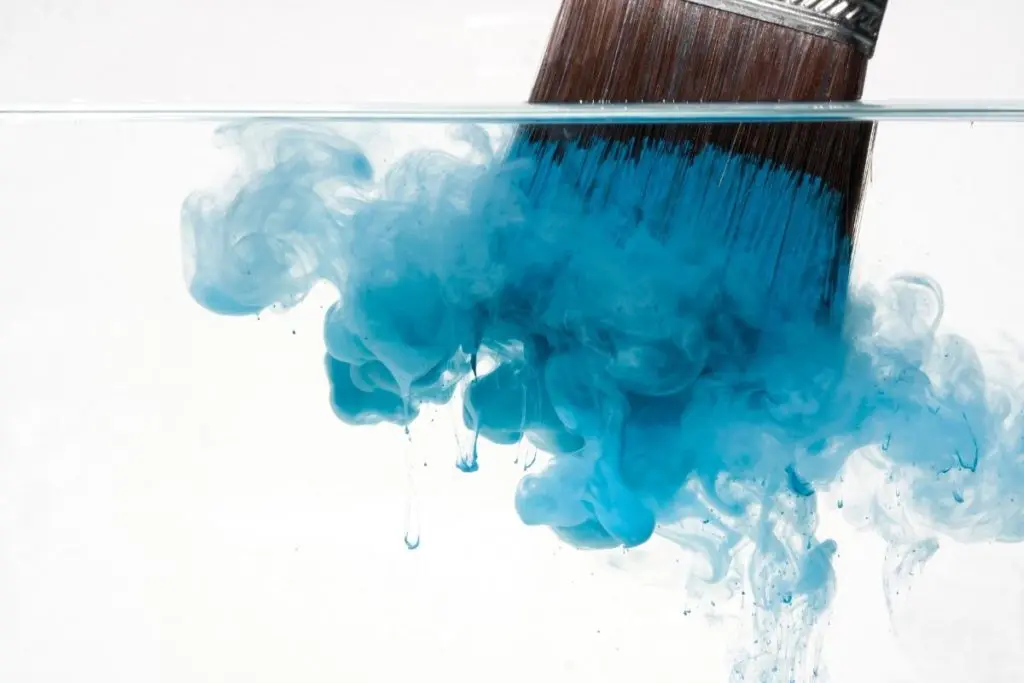
Anytime you change colors, you’ll want to thoroughly rinse your brush before dipping into the new paint. We recommend keeping a glass of clean water at your painting workspace, so you have easy access when the time comes.
Fortunately, the process couldn’t be more straightforward. You simply dip your brush into the water as needed to keep everything fresh and ready for your canvas.
You can even get a handy brush cleaning silicone pad to go in the bottom of your cup and make the cleaning process easier. These pads are made of textured silicone to make sure you get water into every nook and cranny of your brush.
The cleaner you keep your brush as you paint, the less likely the paint will build up in the bristles, making your brush clump together.
How to Clean Dried Acrylic Paint Off Brushes
So, you forgot to clean your brushes at the end of a long day of acrylic painting. You wake up to a heartbreaking site. Your brushes are now caked in dried acrylic, never to be used again. Never fear; we will help you rescue those poor art supplies.
Here are a few techniques to clean dried acrylic paint off brushes.
First, What Kind of Brush Do You Have?
Before you begin cleaning the acrylic paint, you must know a little bit about the brushes you’re cleaning.
Most paint brushes can be categorized in one of two groups:
If you’re looking at cleaning out a synthetic brush, then the likelihood of getting a usable brush after letting acrylic paint harden on it is slim to none. The only option you have for getting the paint out of a synthetic brush is mild soap and water.
If that’s not cutting it, you’ll have to use a more powerful cleanser, and you run the risk of damaging the bristles in addition to breaking down the paint.
But if your bristles are natural, there is a higher chance of having good results with these tricks.
One trick you can try with synthetic bristles is to use vinegar to try and clean the brushes.
Wondering how to clean acrylic paint brushes with vinegar? Here’s how.
How to Clean Acrylic Paint Brushes With Vinegar
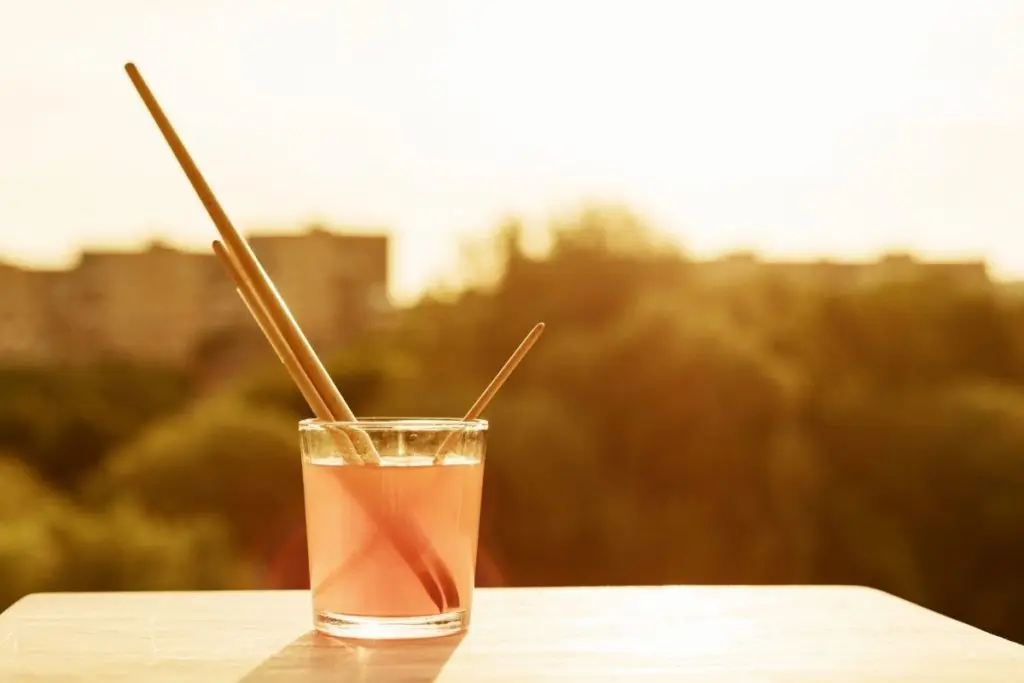
To get tough paint out of even synthetic brushes, white vinegar can do the trick.
Grab a glass of white vinegar. Gather the offending brushes and place them in the vinegar to soak. You can leave the brushes for an hour to overnight.
Once you’ve come back to the brushes, check to see if you can get the paint out of the bristles and bend them. If the answer is “no,” try boiling vinegar in a pot with the brush head submerged. The heating has a better chance of loosening the stubborn bits and giving you the best chance at getting the brush cleaned.
If this is to no avail, it’s a good idea to toss the brush. But if you have natural bristled brushes, you still have a couple of options.
How to Clean Natural Bristle Acrylic Paint Brushes With Acetone or Isopropyl Alcohol
Take the cleaning a step further by using these harsher solvents. Use one at a time to see if they work before trying the other.
The process is simple:
- Fill a glass with the solvent of your choosing
- Dip your brush head in, only up to the ferrule or where the bristles attach to the handle
- Let your brush soak for a few minutes (5-10 minutes should do nicely)
- Remove your brush and rinse it in warm water and dish soap
- Repeat this until your brush is clean
You can switch back and forth between the two or continue to use the same one to repeat the steps.
Removing the Acrylic Paint Manually From Your Brushes
If the washing and the solvents aren’t working, you can try one more thing.
Saturate the brush with water and then grab a fine-tooth comb. Starting at the ferrule and working your way to the tip of the bristles, run the comb through the brush.
Like how you can get hair out of a larger brush with a comb, the comb will work out the clumps and bumps of paint from your paintbrush. This will leave only the smallest offenders behind.
Once you’ve gotten the brush more workable with a comb, try the above methods again to see if you have better success. The less paint you’re trying to clean out of the brush, the better chance of getting it to work like new again.
Using Acrylic Paint Is a Joy if You Know How to Do It Well
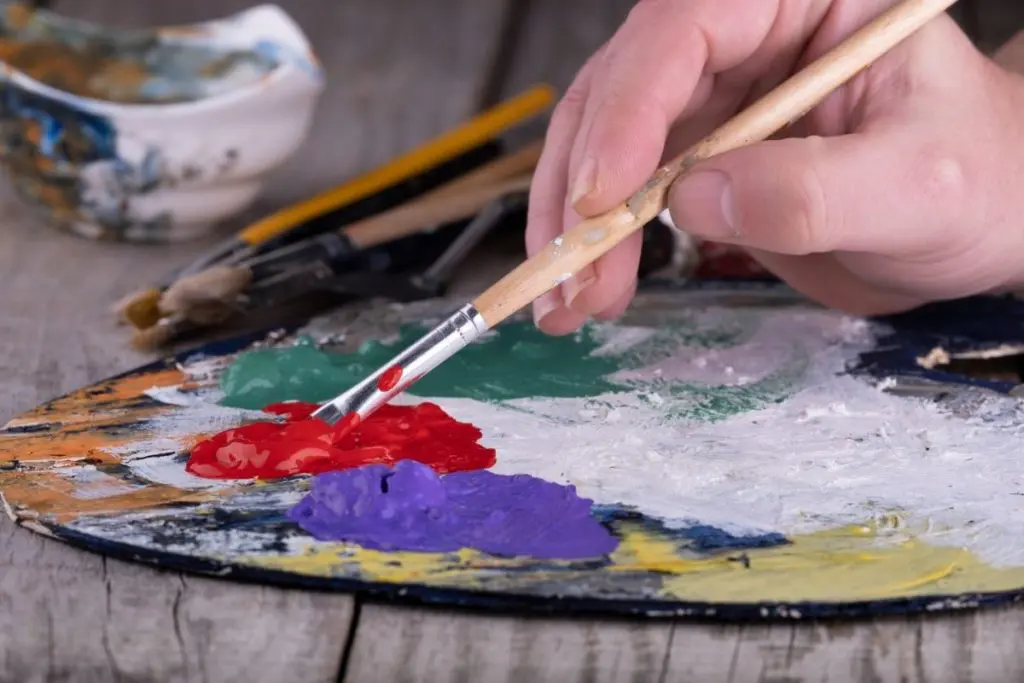
Even though acrylics can have a bad rap, they are lots of fun to work with. You must take some extra precautions to make sure you don’t end up ruining your supplies or having a hard time finishing your painting.
Remember always to have a glass of water handy for cleaning your brush as you go whenever you’re working with acrylic paint. It’s a good idea to clean the brush off after every few reloads, even if you’re using the same color, to avoid the paint building up in the brush and drying from the inside out.
Using your glass of water and a brush cleaner is your best bet to keep your brushes, synthetic or natural, in tip-top shape to paint again another day.
Want to read more articles about art and crafting? We’ve got your back. Check out the rest of our site for more information on fun ways to be creative, our favorite art supplies, and some exciting new projects for you to work on.
Further Reading
